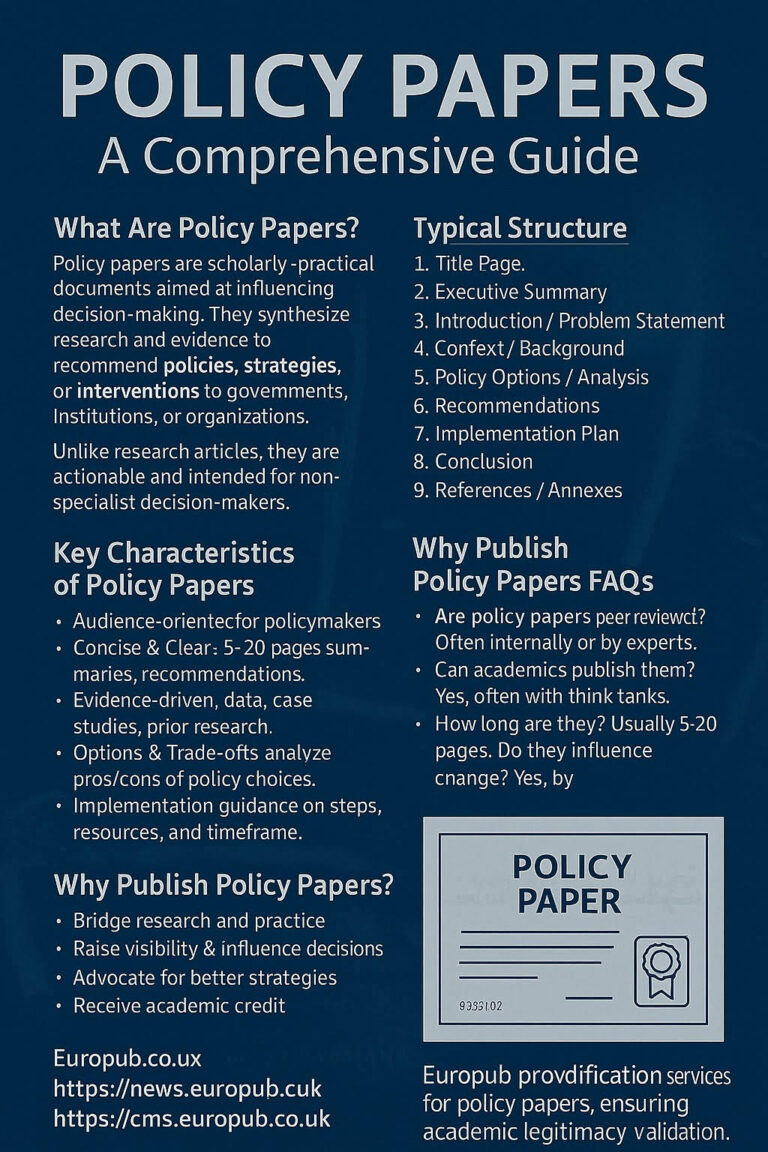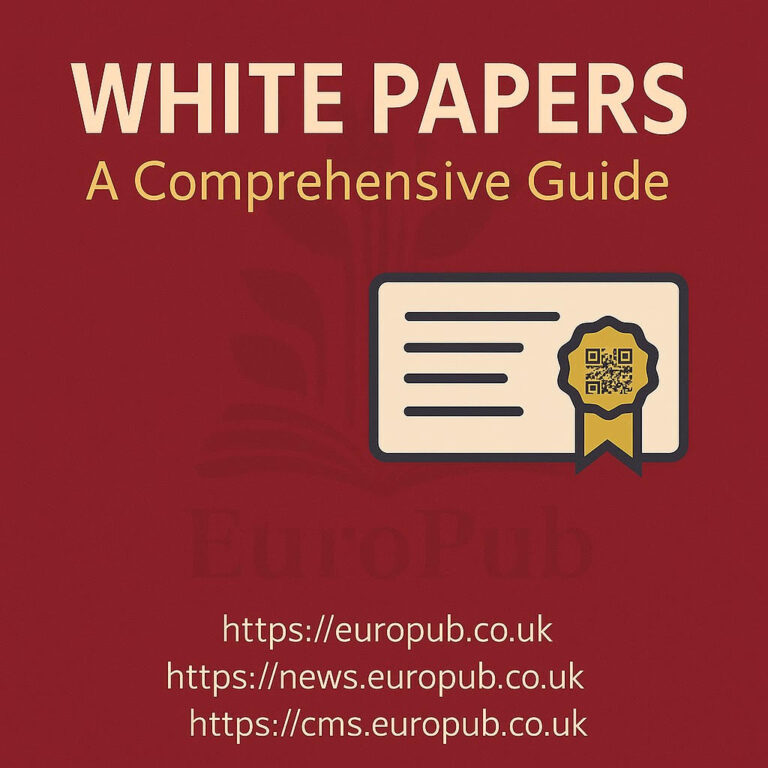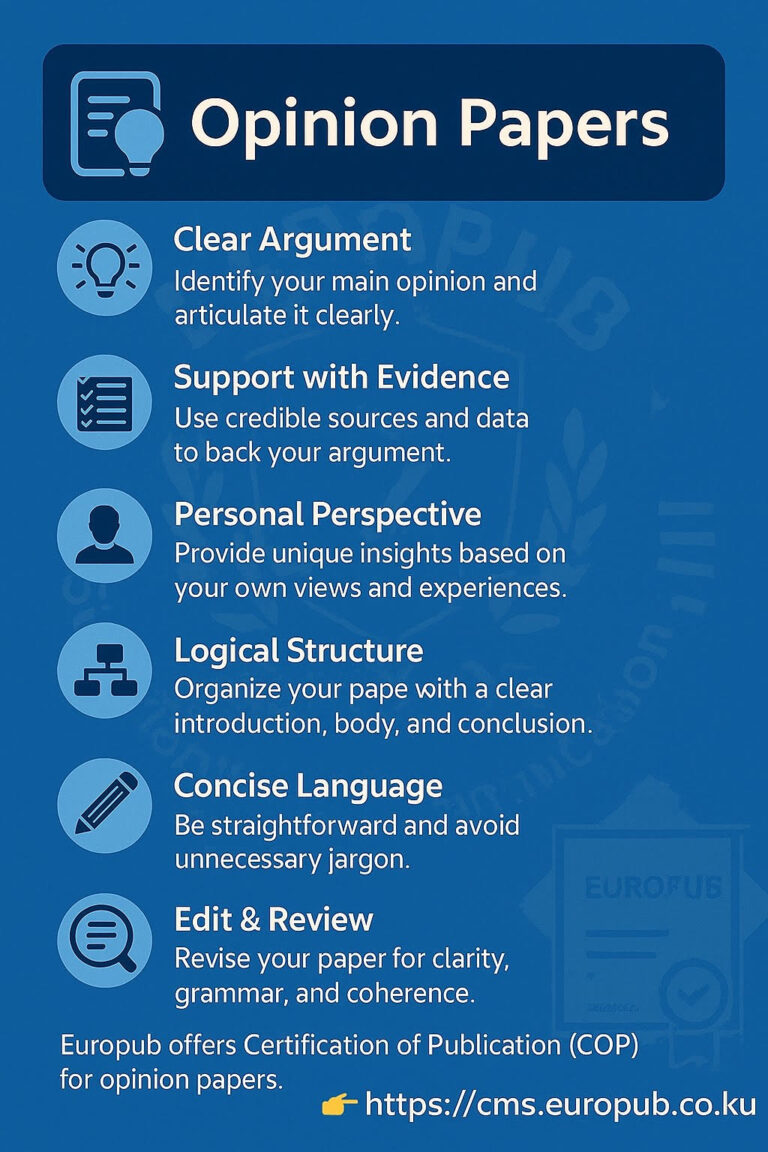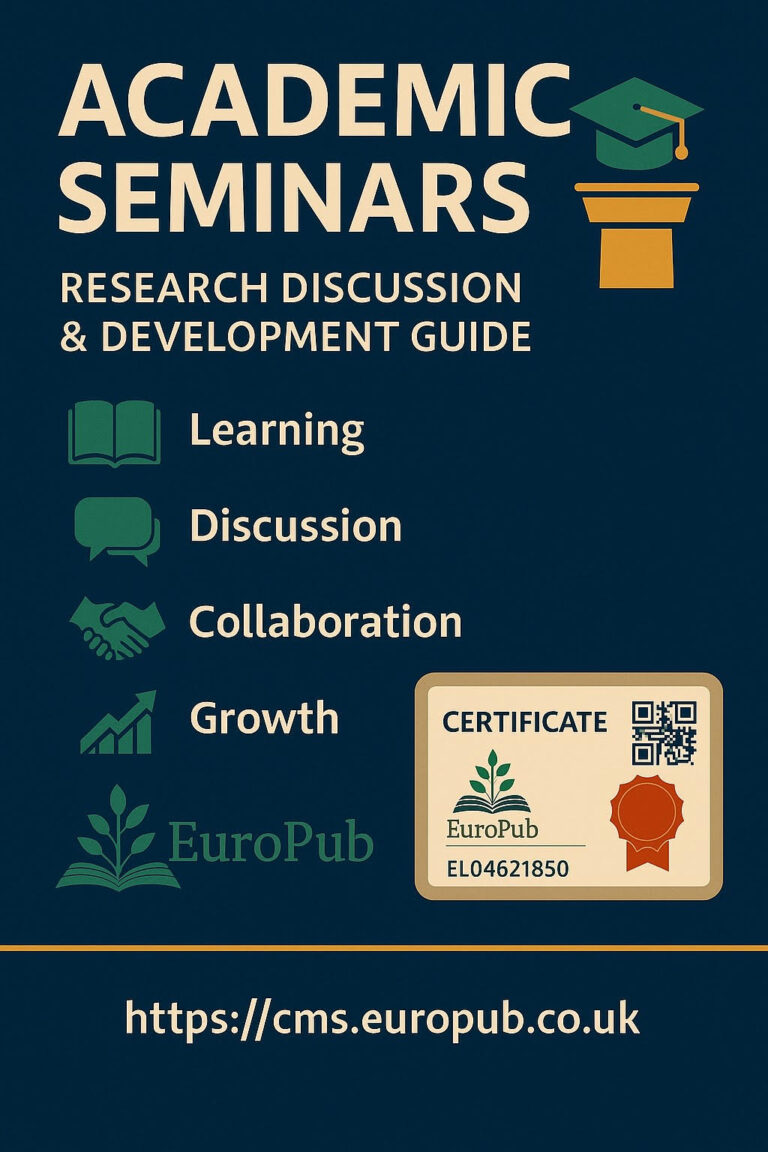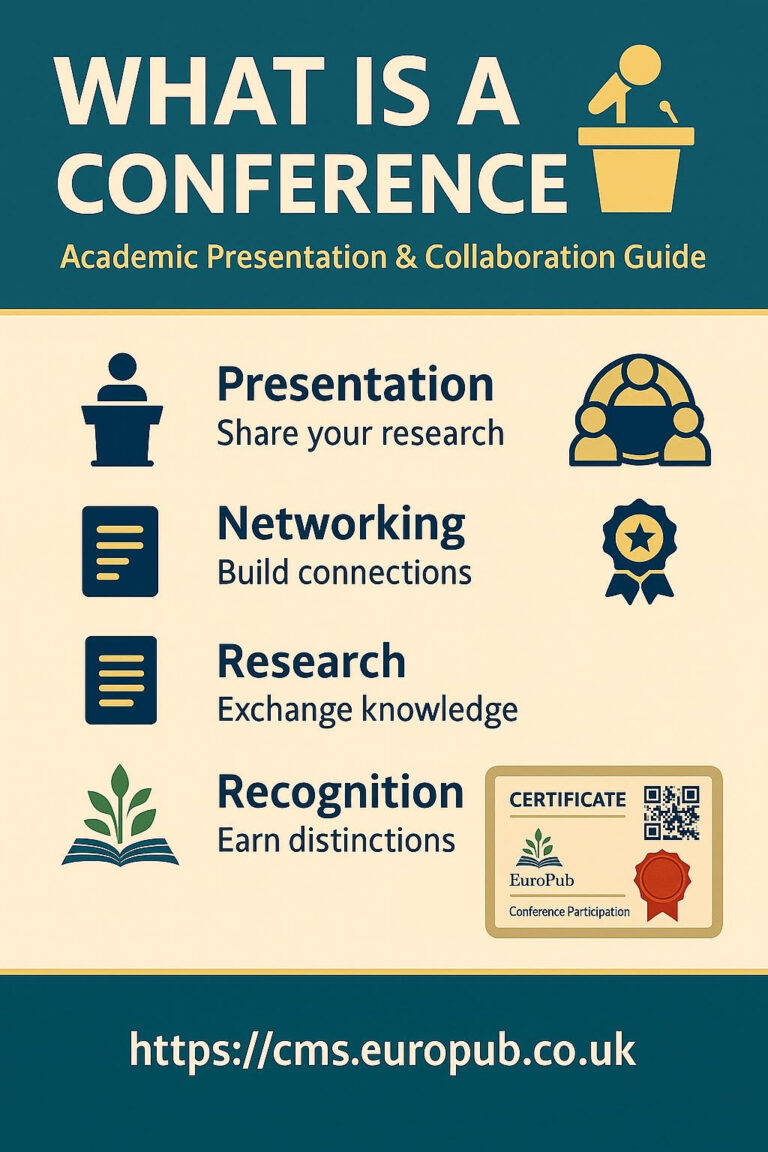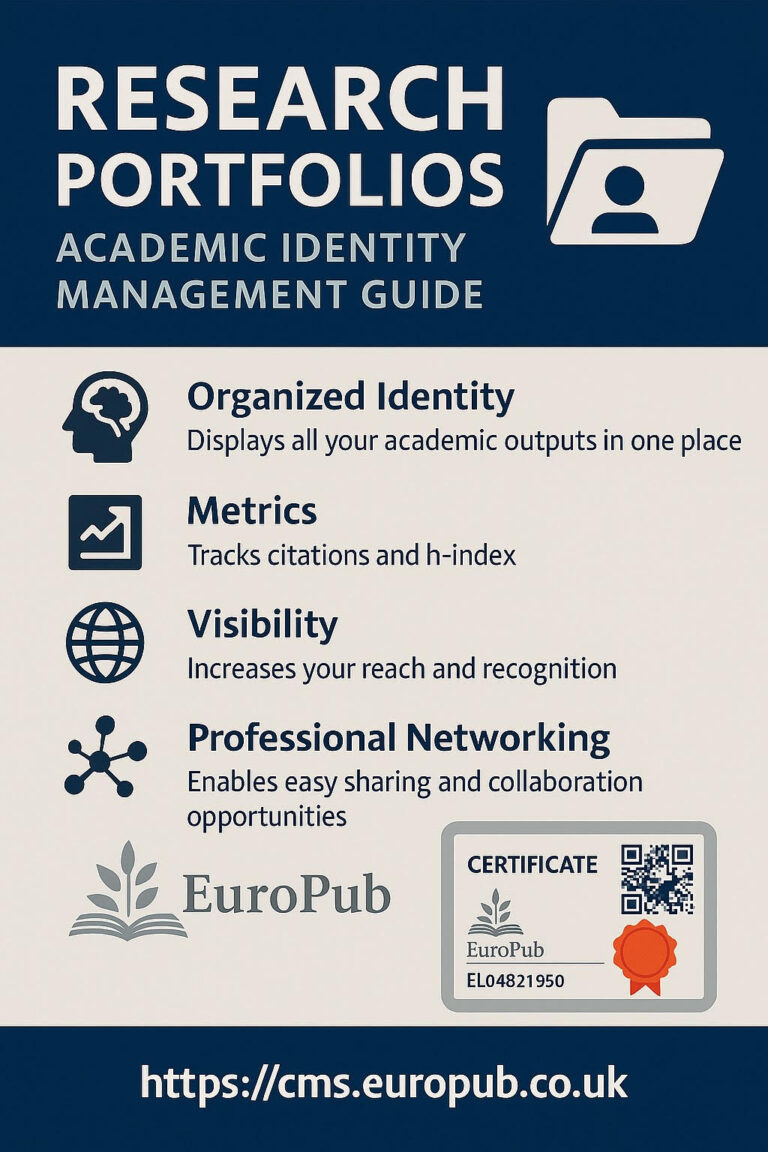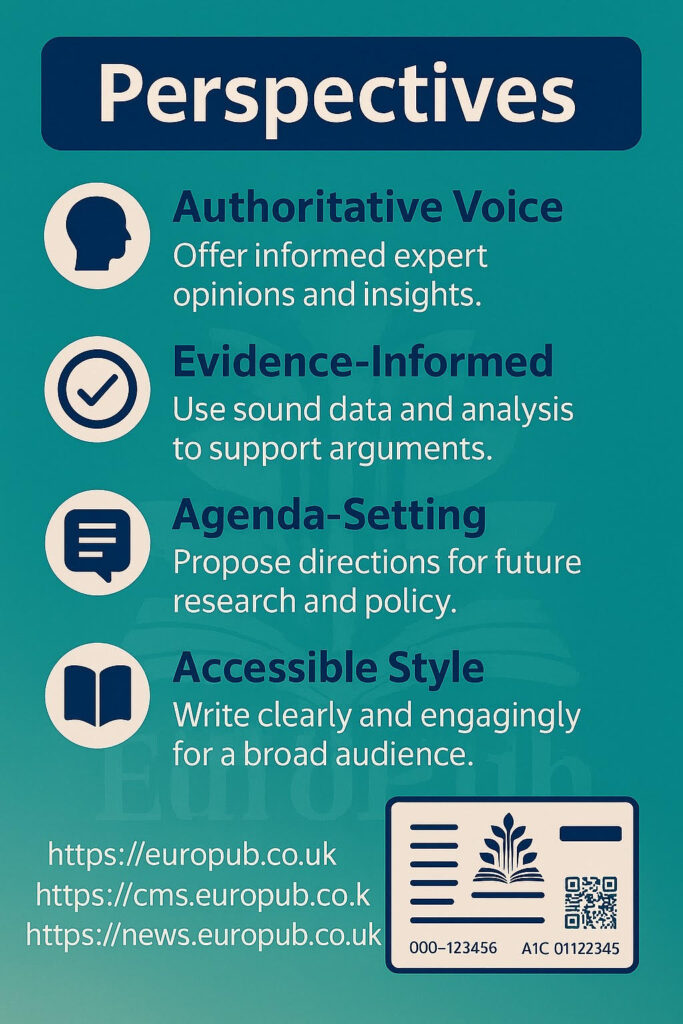
What Are Perspective Articles?
Perspective articles are scholarly pieces that offer an author’s viewpoint, interpretation, or opinion on a specific topic, trend, or emerging issue in a field. Unlike original research, perspectives are not based on new experimental data but rather analysis, synthesis, and interpretation of existing knowledge.
They are commonly invited by editors but can also be submitted unsolicited. Perspective pieces provide context, raise new questions, and sometimes even propose directions for future research.
Key Features
- Authoritative Voice – Often written by experienced scholars or thought leaders.
- Focused Scope – Narrow in subject but deep in analysis.
- Balanced Argument – While subjective, perspectives should be evidence-informed.
- Engaging Style – Less rigid than research papers; encourages debate and reflection.
- Length – Typically shorter than reviews, around 1500–3000 words.
Why Are Perspectives Important?
- Bridge Between Science and Society → They make complex issues more understandable.
- Set Research Agendas → By highlighting gaps or challenges, they inspire new studies.
- Encourage Debate → Multiple perspectives in the same journal issue can foster academic dialogue.
- Enhance Journal Visibility → Thought-provoking opinion pieces often attract attention beyond academia.
Europub’s Role
Europub supports academics who publish perspectives by offering:
- Certification of Publication (proof of contribution with Eurocode validation).
- Visibility through indexing in Europub’s database.
- Recognition Certificates for best perspectives at conferences and workshops.
 Europub Certificate Management System
Europub Certificate Management System
Frequently Asked Questions (FAQs)
Q1. What is the main difference between a perspective and a review article?
 A review summarizes the state of knowledge systematically, while a perspective presents the author’s interpretation, viewpoint, or forward-looking opinion.
A review summarizes the state of knowledge systematically, while a perspective presents the author’s interpretation, viewpoint, or forward-looking opinion.
Q2. Who can write a perspective article?
 Typically experts, but journals also welcome early-career researchers with fresh insights.
Typically experts, but journals also welcome early-career researchers with fresh insights.
Q3. Do perspective articles go through peer review?
 Yes. They are peer-reviewed, though criteria may be more flexible than for original research.
Yes. They are peer-reviewed, though criteria may be more flexible than for original research.
Q4. Are perspectives indexed in Scopus and Web of Science?
 Yes, most journals that publish perspectives index them in databases.
Yes, most journals that publish perspectives index them in databases.
Q5. Do perspective articles increase citations?
 They can. Since they are more accessible and opinionated, they often attract wide readership and citations.
They can. Since they are more accessible and opinionated, they often attract wide readership and citations.
Q6. How formal should the writing style be?
 Academic but slightly more narrative and engaging compared to standard research papers.
Academic but slightly more narrative and engaging compared to standard research papers.
Q7. Can I include figures or diagrams?
 Yes. Conceptual models, opinion frameworks, or visual summaries are encouraged.
Yes. Conceptual models, opinion frameworks, or visual summaries are encouraged.
Q8. Do perspectives require original data?
 No. They are based on existing research, although you may use your own data to illustrate a point.
No. They are based on existing research, although you may use your own data to illustrate a point.
Q9. How long does it take to get a perspective accepted?
 Usually shorter review times since they are opinion-based.
Usually shorter review times since they are opinion-based.
Q10. Can Europub issue a certificate for my published perspective?
 Yes. Europub issues Perspective Contribution Certificates, verifiable with Eurocode.
Yes. Europub issues Perspective Contribution Certificates, verifiable with Eurocode.
 Summary:
Summary:
Perspective articles are valuable for shaping discussions, setting agendas, and inspiring new research directions. With Europub certification, authors can formalize and validate their contributions while gaining broader recognition.
